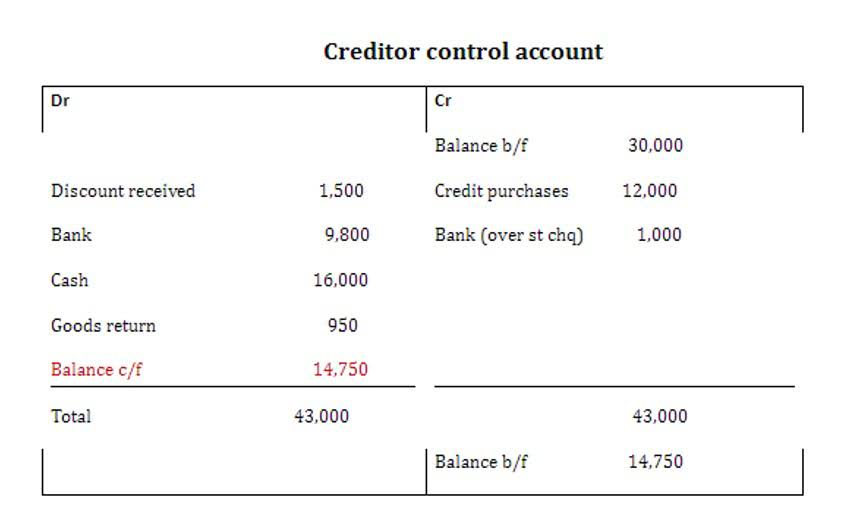The essentials of cash management for nonprofits
By admin

In the realm of financial management, nonprofit organizations face unique challenges that demand innovative solutions. The integration of advanced technological tools has become a pivotal strategy for enhancing efficiency and accuracy in managing funds. These tools not only automate mundane tasks but also provide strategic insights that are crucial for decision-making. The strategic deployment of reserves through prudent investment is a cornerstone of robust cash management practices. This not only secures the longevity of the organization but also amplifies its capacity to weather economic fluctuations and seize opportunities for growth.
Canopy Life + Infinite Giving – Growing Funding Together
If a separate bank account for restricted funds is not required, we normally do not recommend opening one. For a nonprofit organisation to succeed, it is essential to monitor the finances coming in and going out of it. Likewise, it not only satisfies legal standards but is essential to accomplishing the goal of the organisation. Nonprofits may make well-informed decisions on resource allocation, budgeting, and planning by keeping an eye on their cash flow. Ideally, you want all of these assets to be highly liquid so you can access them quickly when you need them. That’s why a key part of cash management is storing your funds in low-risk, liquid holdings.
- Without a thorough understanding of how money flows into and out of your organization, you won’t be able to implement any other cash management strategy.
- Nonprofit accounting software like QuickBooks and Xero provide real-time tracking of cash flow.
- In a nonprofit, however, some of your inflowing money is categorized as restricted funds, which means you can only spend those funds on the items that the donor or grant specifies.
- This essential business practice allows nonprofits to look more closely at their cash flow to make sure that there is plenty of funding for everything from day-to-day expenses to unexpected events.
- In the realm of nonprofit organizations, the stewardship of financial resources is not merely a matter of bookkeeping but a critical strategy to amplify impact.
Develop Multiple Revenue Streams

Using a nonprofit fundraising software like Funraise in conjunction with a nonprofit compliance specialist like Harbor Compliance means that you’ve got every “t” crossed and every “i” dotted. Regardless of where the threats come from, nonprofits must be prepared with nonprofit cash flow statement an agile budget and best, worst, and average case budget forecasts in three-month intervals. The best way nonprofits can do this is by evaluating fixed and variable expenses and finding ways to cut fixed costs.

Benefits of Outsourcing Accounting Functions
One great strategy for increasing recurring revenue by offering your donors the ability to give automatically on a monthly basis. If you do not already have the ability to collect donations via ACH transfer with your bank, now is the time to talk with a representative about setting this up for your nonprofit. With all those crucial details and differentiators out of the way, you’re ready to manage your finances efficiently and effectively by getting your nonprofit accounting in tip-top shape. Of course, cash management policies can change and evolve over time as the needs of the organization change. When this occurs, it is important to update the master document and ensure that everybody has the latest copy to avoid confusion.

Nonprofit budgets FTW
- Tracking the flow of cash in and out of a nonprofit organization is vital for its success and sustainability.
- You can optimize your budget to maximize ROI in your nonprofit by evaluating the profit and loss of each of your programs.
- Keep a “rainy day” fund for unexpected emergencies or business interruptions, such as an economic downturn or the loss of a key funding source.
- This document breaks down your revenue streams and your expenses by classification (fundraising expenses, office supplies, and so on), so you can determine your net assets and ensure you’re staying on budget.
- If your organization has received cash from foundations or other donors that is restricted for a particular purpose, you cannot spend that cash on other purposes, even temporarily.
This serves as a form of independent validation, ensuring accuracy, transparency, and adherence to best practices. A second set of eyes can identify potential errors, inconsistencies, or irregularities that might have been overlooked internally. It adds an additional layer of accountability, reduces the risk of fraud, and enhances the Accounting for Churches overall integrity of financial reporting. • Implement effective budgeting and forecasting processes to anticipate cash flow fluctuations and adjust strategies accordingly. Nonprofits must manage their cash flow as it is requisite for successful operation.
Creating a detailed annual budget forecasts income and expenses, allowing for better financial planning. Including both restricted and unrestricted funds in the budget provides a comprehensive view of available resources. Scenario planning helps prepare for potential financial variances, such as unexpected funding cuts or increases in program costs.
Additionally, you can work with a nonprofit investment advisor to purchase treasury bills as part of a rolling portfolio to petty cash continuously repurchase them after each yield. One example of this is sweep accounts, which are becoming increasingly popular as interest rates have risen. At the end of each business day, the cash held in an organization’s operating account is swept into an interest-bearing account. Overnight, these funds generate interest, and before the beginning of the next business day, they’re returned to the operating account. These types of opportunities bring in a small but welcome amount of additional income for nonprofits.
- Automated payables models are also becoming increasingly popular among nonprofit organizations.
- With our air-tight payment processor that accepts all your donors’ favorite payment methods (bank accounts, Venmo, and stock—oh my!), donor management and financial management is a breeze.
- Effective cash management is essential for nonprofits to maintain stability and enhance their impact.
- You probably knew you were signing up for a difficult job when you first got involved with your nonprofit.
- Funraise has it all—and we mean alllllll—when it comes to building a successful nonprofit, combining everything from donation management and event registration to advanced reporting and recurring giving tools.
Cash Flow Statements for Nonprofits: How to Super-Charge Your Organization’s Back Office (Without Busting Your Budget)
From there, an experienced advisor can look at the organization’s “big picture” and ensure that its cash management policies are aligned with its overall mission, values and goals. Unexpected expenses can arise at any time—and when they do, it’s critical that a nonprofit organization is able to cover them without needing to take out additional funding. Ideally, this means having a robust reserve fund that accounts for unexpected expenses and even short-term cash shortages. The Nature Conservancy emphasizes the role of diversified income streams in cash management. By combining donations, grants, and investment income, they reduce dependency on any single source of funding. Their diversified approach protects against financial volatility and ensures continuity in conservation efforts.